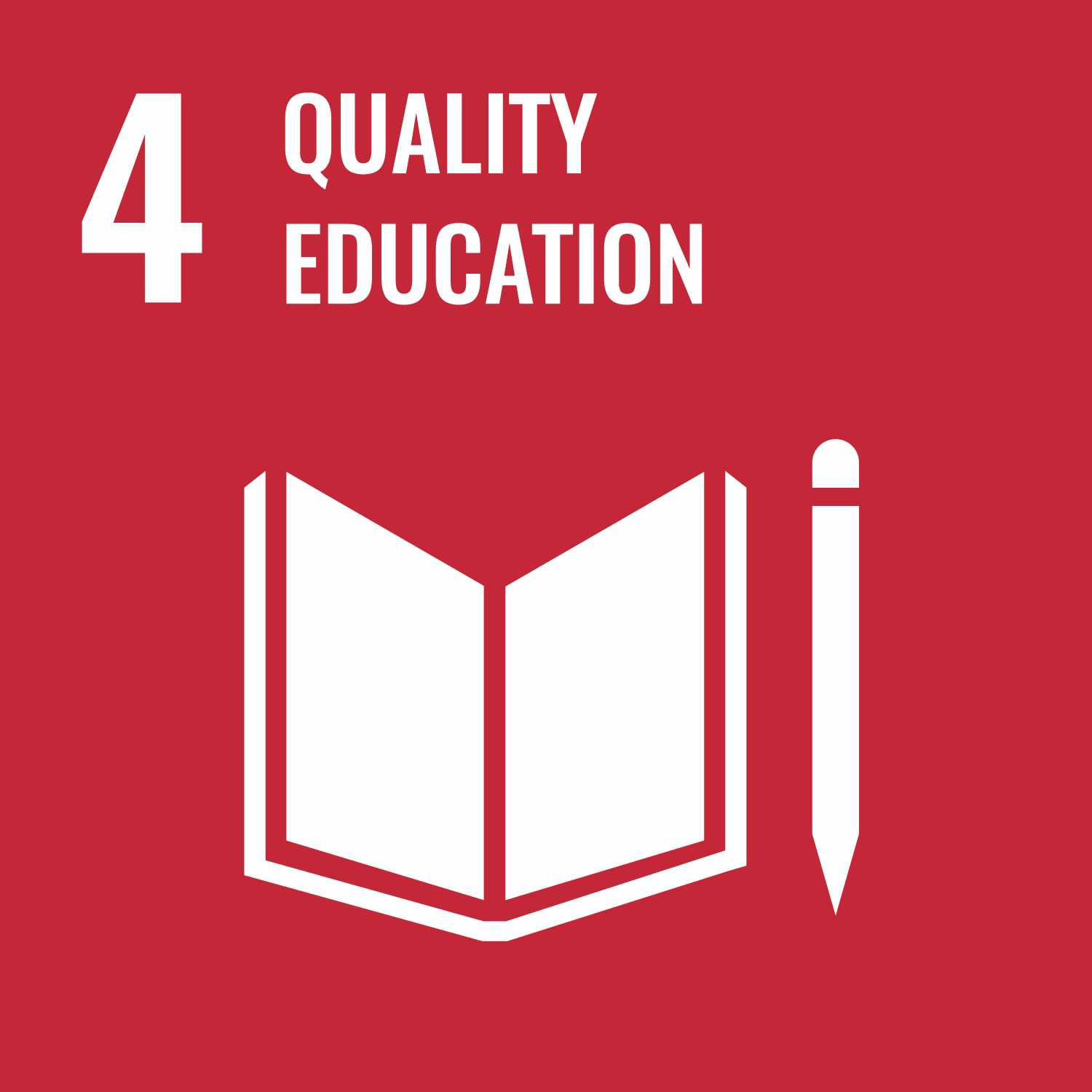
Ms. Kavya L from Volvo India Pvt Ltd conducted a comprehensive online web session focusing on the intricate topic of vibrations. The session was organised for III Year Mechanical students, supplementing their course for the present semester, “U21ME601- Finite Element Analysis”. It was organised by Dr. S Dharanikumar and Dr. L Prabhu from Department of Mechanical Engineering. It was held through Google Meet Platform on the 10th of February, 2024. The session covered a broad spectrum of subjects, including the applications of vibrations in various fields such as pendulum dynamics, musical instruments, phones, tuning forks, and more. An emphasis was placed on the dual nature of vibrations, being both advantageous and detrimental depending on the application. The discussion delved into the classification of vibrations, encompassing free, forced, damped, undamped, resonant, and self-excited vibrations. A pivotal concept explored during the session was resonance, where the external frequency matches the natural frequency, resulting in an increase in amplitude. Ms. Kavya explained that the frequency of vibrations is contingent on the stiffness and mass of a system, and manipulating these factors can bring about changes in frequency. The components of a vibration system, namely mass, spring, and damper, were elucidated, along with the significance of global and local coordinates in degrees of freedom. The distinction between single-degree-of-freedom (SDOF) and two-degree-of-freedom (2DOF) systems was highlighted. The session transitioned to the measurement of vibrations, underscoring their relevance in failure analysis, durability tests, and reliability assessments. The application of seismographs in earthquake detection and aftermath analysis was also discussed. The concept of analysis was thoroughly examined, with Ms. Kavya defining it as the examination of components and understanding the properties of a system. Various types of analysis methods were explored, including Finite Element Method (FEM), Boundary Element Method (BEM), Computational Fluid Dynamics (CFD), Multi-Body Dynamics (MBD), Structural Analysis (SEA), and Multi-Disciplinary Optimization (MDO). The focus was particularly on FEM, with a detailed explanation of its process, involving the discretization of a component into small finite elements and the subsequent steps from discretization to post-processing. The importance of postprocessing in the FEA (Finite Element Analysis) process was underscored, and the wide-ranging applications of FEA in structural analysis, heat transfer, fluid dynamics, electromagnetics, and multi-physics were discussed, providing a holistic understanding of the subject matter. The webinar ended with a Q&A session where many enthusiastic participants put forward their questions to which Ms. Kavya L gave pristine answers. Vote of Thanks was delivered as the closure.
21st Century Engineering College in Coimbatore
World is transforming everyday. In the rapidly evolving engineering landscape, we have an Increased responsibility to transform the engineering education from traditional curriculum to meet the 21st century skills like Creativity, Critical Thinking, Collaboration and Communication. Through our unique and strategic approach we enable our students to learn beyond and prepare them for life long success.
